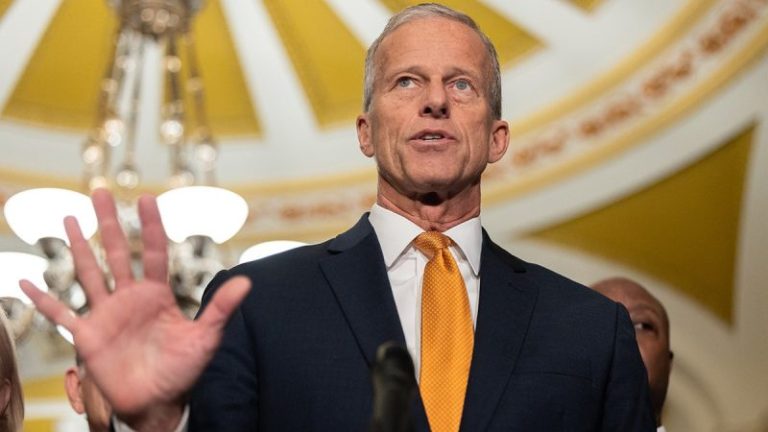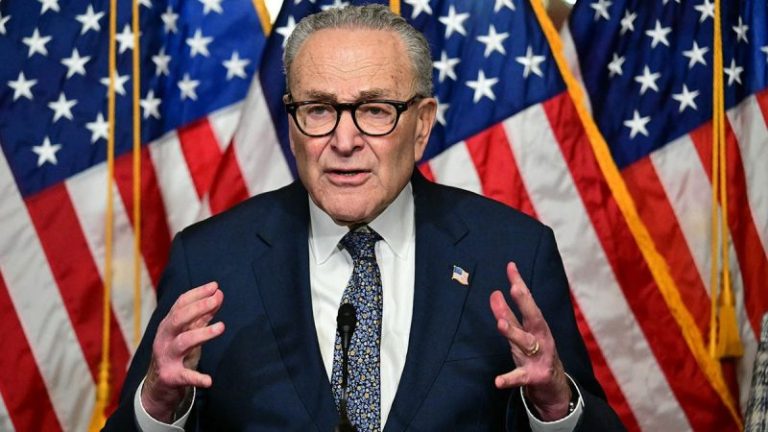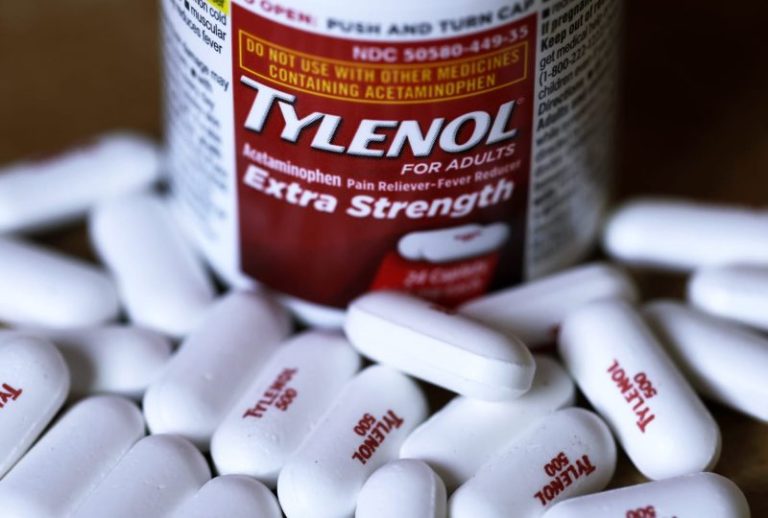What if Sen. Bernie Sanders is right and Federal Reserve Chair Jerome Powell is wrong?
What if the AI revolution causes mass layoffs of American workers, as the Vermont senator warned in a recent Fox News op-ed? And what if Powell is wrong that the softening labor market is due primarily to supply issues — lower immigration and a lower labor participation rate — rather than AI-produced ‘efficiencies’?
What will be the response of policymakers? What should it be?
AI will soon become a political battleground. Democratic socialist Sanders, ever the class warrior, has already questioned whether AI will help all Americans or only ‘a handful of billionaires.’ Like the trade deals that sent millions of jobs overseas, Sanders worries that the massive investment flowing into AI could result in up to 100 million Americans losing their jobs over the next decade. He could be right; imagine the repercussions.
Young people are already losing faith in capitalism and cozying up to socialism. Two-thirds of Democrats now view socialism more positively than capitalism. Nothing could undermine our capitalist system faster than widespread job losses stemming from a tech breakthrough cheered by the investor class.
This is the critical issue of our day — one getting scant attention, even from self-described ‘data-driven’ Powell, who is perennially looking backward rather than forward. In his latest press conference, Powell answered one question about employment by saying, ‘The supply of workers has dropped very, very sharply due to mainly immigration, but also lower labor force participation. So, and that means there’s less need for new jobs, because there’s — there isn’t this flow into the pool of labor where people need jobs.’ Excuse me, what?
The economy is growing, yet hiring is declining. Though the government shutdown has blocked the usual monthly labor reports, plenty of data suggests the job market is weakening. Companies are increasingly citing AI investment as a factor in lower headcounts.
Corporate America is spending tens of billions of dollars on AI, promising shareholders great gains in productivity. But where will that productivity come from, other than reducing headcounts? Certainly, people armed with artificial intelligence can deliver information and analyses more rapidly, making themselves and their organizations more productive. But ultimately, it will also make some people redundant and slow new hiring. The impact on America’s labor market will be profound — and is largely being ignored.
Amazon recently announced it was laying off 14,000 employees. A top human resources official at the firm sent a note titled ‘Staying nimble and continuing to strengthen our organizations.’ She wrote that ‘the world is changing quickly. This generation of AI is the most transformative technology we’ve seen since the Internet, and it’s enabling companies to innovate much faster than ever before.’
What kinds of workers are at risk? Factory workers and truck drivers, for sure, who are already being replaced by robots and AI — but also white-collar employees. Fortune notes that the Amazon layoffs ‘show it’s coming for middle management first.’ The world’s largest retailer employs about 1.5 million people; 14,000 is a drop in the bucket. But the trend is worrisome — and for those 14,000 people, devastating.
Amazon is not alone. UPS recently announced it has cut 48,000 jobs this year — 14,000 management positions and 34,000 in operations. UPS started the year with about 500,000 employees. Target also made headlines recently, saying it will cut 8% of its corporate workforce — its first significant layoffs in a decade.
Outplacement firm Challenger, Gray & Christmas cites market and economic conditions as the main reason for most corporate layoffs to date but also points to AI. That makes sense. After all, the economy is growing briskly — second-quarter real GDP growth was 3.8%, and it looks like we’ll see robust expansion for the third quarter as well.
There has never been a faster adoption of new technology. Already, an estimated one-third of Americans use AI; ChatGPT receives 5.4 billion visits per month. Global AI revenues are expected to total $391 billion this year and could reach $3.5 trillion by 2033. These estimates may be optimistic, but top tech firms are investing about $400 billion this year alone to expand capacity, according to The Wall Street Journal. They clearly believe the projections.
Bernie Sanders aside, no one should want to halt the AI revolution. Artificial intelligence promises extraordinary advances in medicine and other sciences — and could radically improve education for America’s children.
It’s also largely American companies that will benefit from the explosion in AI spending, reaping the profits and influence that come with global dominance of a new technology. Rising productivity will spur hiring in certain industries and boost real wages. It will also allow for the retirement of the 20-plus million baby boomers still working.
But there may well be a period of adjustment when layoffs exceed job creation. Unemployment may rise, fueling anger at the innovations producing more out-of-work Americans and resentment toward the companies behind the disruptions.
Lawmakers and financial leaders need to be prepared for this possibility — one that could deepen voters’ growing affection for socialism and rejection of capitalism. That would be a disaster for a country that has outperformed every other nation on Earth, producing unprecedented opportunity and wealth.
Otherwise, it will be Bernie Sanders and his left-wing colleagues dictating the response. Sanders advocates a 32-hour workweek with no loss in pay, giving workers significantly more power and imposing a ‘robot tax’ on big tech companies. Such measures would slow American competitiveness and growth, as they have in Europe.
We cannot allow that to happen.








